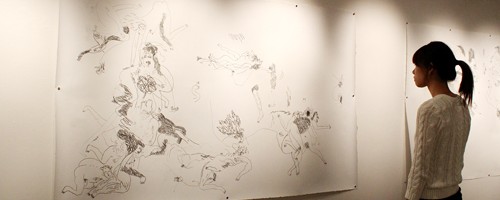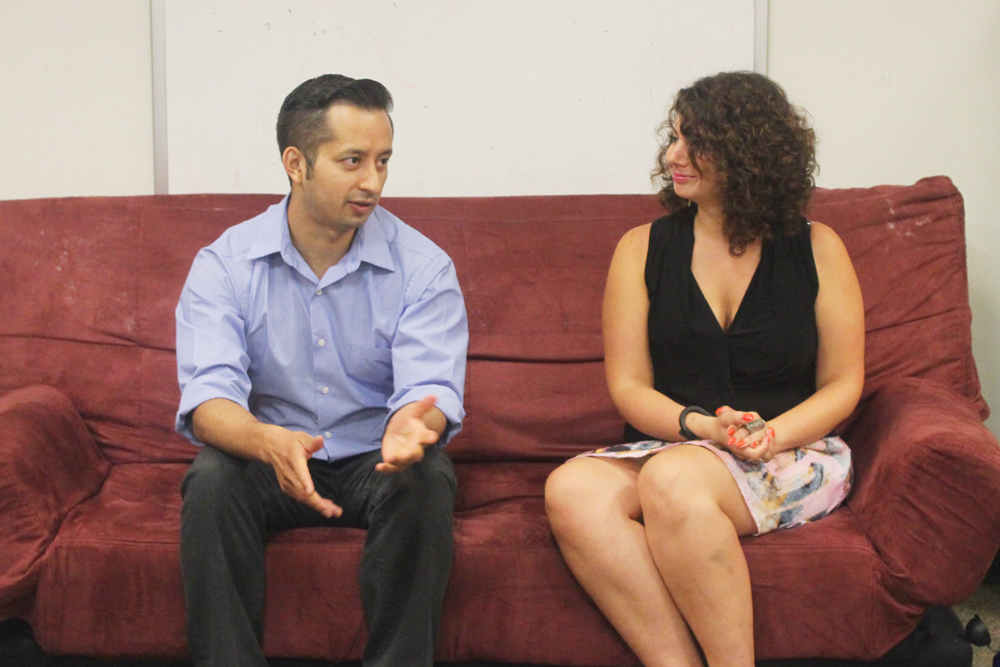Tuition options narrowed, limited
Members of student government and university administrators are still at odds over the impending removal of the current tuition plateau, a system that presently allows students taking between 12 and 18 units to pay the same flat rate.
ASPSU President Amara Marino and Vice President Joe Johnson had yet another meeting yesterday morning with Vice President of Finance and Administration Jay Kenton and Associate Vice President for Finance and Planning Cathy Dyck to discuss administrators퀌_ plans to remove the plateau, possibly as soon as this coming winter term.
Marino and Johnson have met with Kenton and Dyck several times over the summer, fighting to keep the plateau in place, citing the money it saves for many students.
At yesterday퀌_s meeting, the group narrowed it down to two options.
Kenton said they are trying to determine whether to phase the plateau out over about a year or to eliminate it completely next term.
As one option, Kenton and Dyck asked that Marino and Johnson sign an agreement stating that they will not fight the complete tuition plateau removal in fall 2004. In exchange, the administration will maintain a minimized plateau of 12 to 15 undergraduate credits and nine to 12 graduate credits for the coming winter, spring and summer terms.
However, if Marino and Johnson do not sign the agreement, plans to remove the plateau completely this winter term will go forward, meaning all students will pay for their classes on a per-credit basis beginning January 2004.
Marino and Johnson are both wary to sign such an agreement.
퀌�It퀌_s our job to fight things like this,퀌� Johnson said.
Because they are facing such a big decision 퀌_ to help students financially or stand by their principles 퀌_ Marino and Johnson will be presenting these two options to the student senate at their first meeting of fall term, this Wednesday at 3 p.m.
Based on the senate퀌_s input, Marino and Johnson will decide whether or not to sign the agreement. They will discuss this decision at their final meeting with Kenton and Dyck on Thursday.
Kenton and Dyck will have to present their final decision to the Board of Higher Education in October in order for students to know by registration for winter term in November what sort of tuition rates they will face come January.
Allaying concerns about the possibility of a 2 percent tax on student-fee-funded groups, Kenton mentioned the possibility of killing the proposed tax if the tuition-plateau removal went into effect winter term.
At the Student Fee Committee meeting held last Thursday, Kenton said he got the message from students present that they would rather see tuition increased than face a taxation on the fee money student groups receive.
While the administration퀌_s actions regarding tuition and fees are limited by the Oregon Legislature, Kenton said they would consider dropping the tax if the plateau removal occurred in winter term and provided enough funds to cover some of the university퀌_s budget deficit, which money from the fee taxation is intended to cover.




